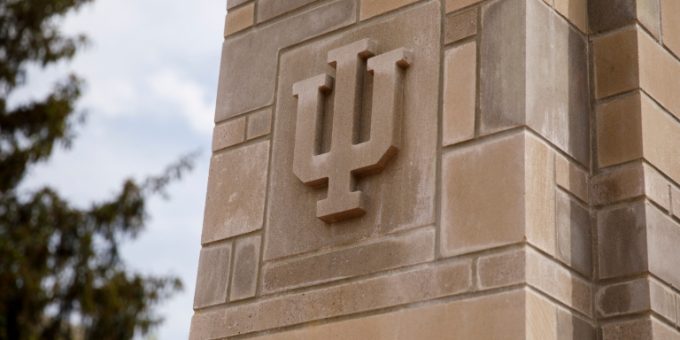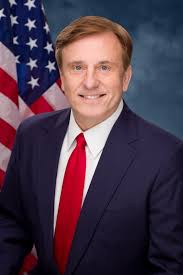
(UNDATED) – Today, the U.S. Department of Commerce’s Economic Development Administration (EDA), Indiana University (IU) and the Kelley School of Business announced the launch of the USA Opportunity Zones tool.

This new web-based tool will help more than 390 EDA-designated Economic Development Districts (EDDs) across the nation, as well as local economic and community developers and investors, target private investment to economically-distressed areas where private investment may be eligible for capital gain tax incentives under the bipartisan Opportunity Zones initiative.

“President Trump’s Opportunity Zones initiative is helping drive transformative private investment to some of the nation’s most distressed communities not through a government program, but by providing critical tax incentives to private investors,” said U.S. Assistant Secretary of Commerce for Economic Development Dr. John Fleming. “This new web-based mapping tool will help investors and economic developers target investment toward Opportunity Zones to effect positive, socially-conscious change in these communities.”
As economic development practitioners build their five-year comprehensive economic development strategies, incorporating Opportunity Zones is a new and promising tool for enabling economic growth.

“This tool links and leverages two EDA initiatives to support private Opportunity Zone investment: the large project-based investments in distressed communities and providing the data, tools and analytical resources for economic development through StatsAmerica,” said Timothy Slaper, co-director of the Indiana Business Research Center at IU’s Kelley School of Business. “Having private Opportunity Zone investment piggy-back on EDA’s community investment would be a force multiplier.”
Opportunity Zones were created under the 2017 Tax Cuts and Jobs Act, and signed into law by President Donald J. Trump on December 22, 2017. They are now stimulating economic development and job creation by incentivizing long- term investments in low-income neighborhoods.
There are more than 8,760 designated Qualified Opportunity Zones (PDF) located in all 50 states, the District of Columbia, and five United States territories. Investors can defer tax on prior gains invested in a Qualified Opportunity Fund (QOF) until the earlier of the date on which the investment in a QOF is sold or exchanged or until December 31, 2026.
As the only federal government agency focused exclusively on economic development, EDA makes investments in economically distressed communities to create jobs, promote innovation, and accelerate long-term growth. The agency’s mission, therefore, fits hand in glove with the goal of the Opportunity Zones initiative, which is also focused on driving transformative private investment into distressed communities. Since January 2018, EDA has invested nearly $347 million in 239 projects in or near Opportunity Zones across the United States.
Like other StatsAmerica tools, the USA Opportunity Zones tool is easy to use, with multiple reports from the perspective of the zone itself, the congressional district, and the economic development district and state in which it resides. This will provide a unique context to users.
The website project is being funded through EDA’s Fiscal Year 2018-2020 Research and National Technical Assistance (RNTA) Notice of Funding Opportunity (NOFO) which makes $1.5 million available for Research and Evaluation (R&E) projects and $1 million available for National Technical Assistance (NTA) projects. Through the R&E program, EDA supports the development of tools, recommendations, and resources that shape Federal economic development policies and inform economic development decision-making.
About the U.S. Economic Development Administration (www.eda.gov):
The mission of the U.S. Economic Development Administration (EDA) is to lead the federal economic development agenda by promoting competitiveness and preparing the nation’s regions for growth and success in the worldwide economy. An agency within the U.S. Department of Commerce, EDA makes investments in economically distressed communities in order to create jobs for U.S. workers, promote American innovation, and accelerate long-term sustainable economic growth.
About the Indiana University Kelley School of Business (https://kelley.iu.edu): For 100 years, the Indiana University Kelley School of Business has prepared graduates to lead organizations, start companies, develop new products and services and shape business knowledge and policy. Its undergraduate and masters’ programs are consistently ranked among the best in the nation. Its Indiana Business Research Center, established in 1925, provides and interprets the economic information needed by business, government, and nonprofit organizations nationwide.



